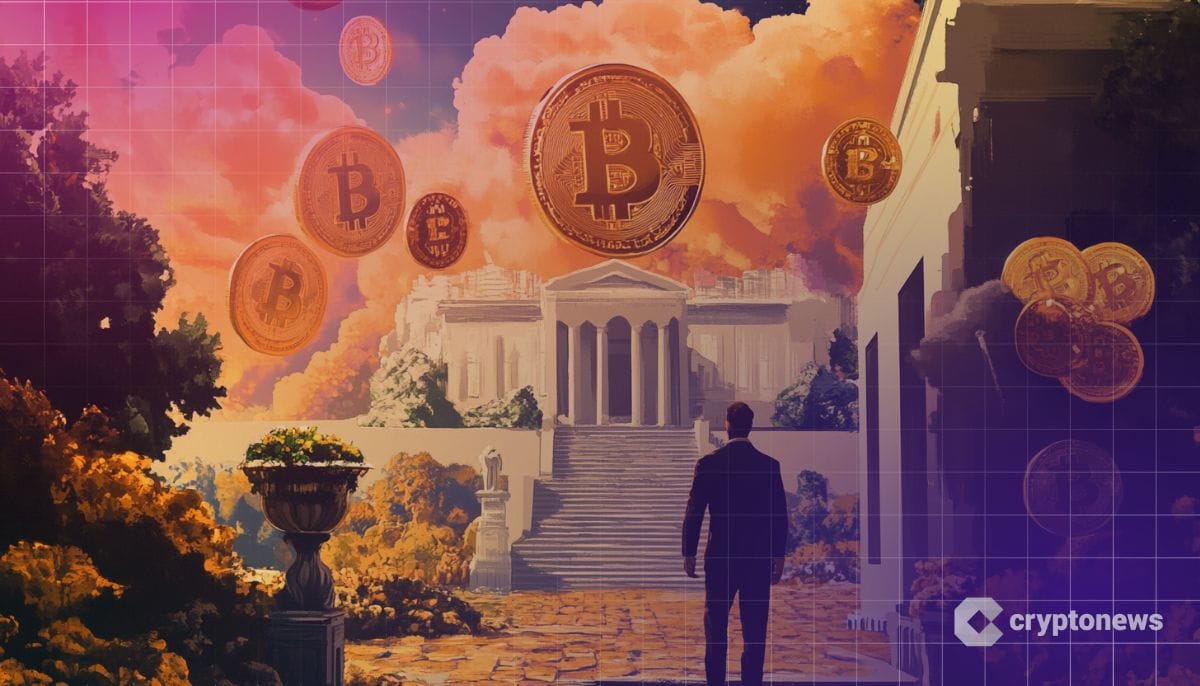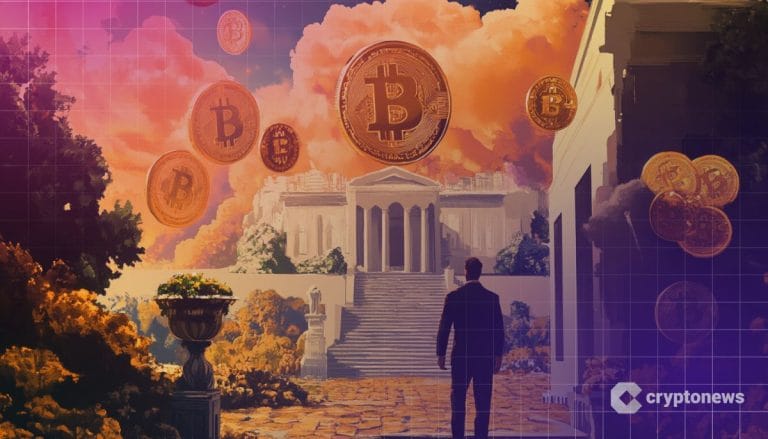Last updated:
 Why Trust Cryptonews
Why Trust Cryptonews
Ad Disclosure
We believe in full transparency with our readers. Some of our content includes affiliate links, and we may earn a commission through these partnerships. Read more

After just four days in office, President Donald Trump signed an executive order on January 23, 2025, seeking to establish the United States as a leader in the global cryptocurrency market.
The order introduces a roadmap for regulating digital assets while signaling a broader strategy for fostering innovation in the crypto space.
The executive order highlights the importance of the digital asset industry, stating:
“The digital asset industry plays a crucial role in innovation and economic development in the United States, as well as our Nation’s international leadership.”
The document further emphasizes the Trump Administration’s commitment to the “responsible growth and use of digital assets, blockchain technology, and related technologies.”
To support this, the newly formed “Presidential Working Group on Digital Asset Markets” has been tasked with creating a comprehensive federal regulatory framework for digital assets, including stablecoins.
Additionally, the order outlines the potential development of a “strategic national digital assets stockpile.”
While specific details about this initiative remain unclear, it may be the first step needed for America’s promised strategic Bitcoin reserve.
During the Bitcoin 2024 conference in Nashville, Trump announced his intention to create such a reserve, initially comprising 210,000 BTC held by the Department of Justice.
Trump’s Executive Order Prohibits CBDCs
The executive order also explicitly prohibits the creation of Central Bank Digital Currencies (CBDCs). It states:
“Except to the extent required by law, any ongoing plans or initiatives at any agency related to the creation of a CBDC within the jurisdiction of the United States shall be immediately terminated, and no further actions may be taken to develop or implement such plans or initiatives.”
Trump has been a vocal critic of CBDCs, repeatedly arguing that they would grant the government “absolute control over your money.”
During his campaign in New Hampshire in 2024, he vowed to prevent their creation and reiterated this stance as part of his broader financial policy.
Trump’s Vision for a Crypto-Friendly America
Trump’s administration has taken swift steps to support the cryptocurrency community. On January 21, 2025, a task force was launched to reduce regulatory barriers for cryptocurrencies.
This effort coincides with the U.S. Securities and Exchange Commission’s (SEC) formation of a “crypto task force” under Acting Chair Mark Uyeda. The team’s focus is to establish clear and comprehensive regulations for crypto assets.
On the same day, Trump pardoned Ross Ulbricht, the creator of Silk Road, who was arrested in 2013 and sentenced to life in prison without parole in 2015.
You might also like
Additionally, Trump has demonstrated his direct involvement in cryptocurrency by launching his own meme coin, TRUMP, on January 17, 2025.
The token quickly gained traction, with heightened trading activity on centralized exchanges within days of its launch.




